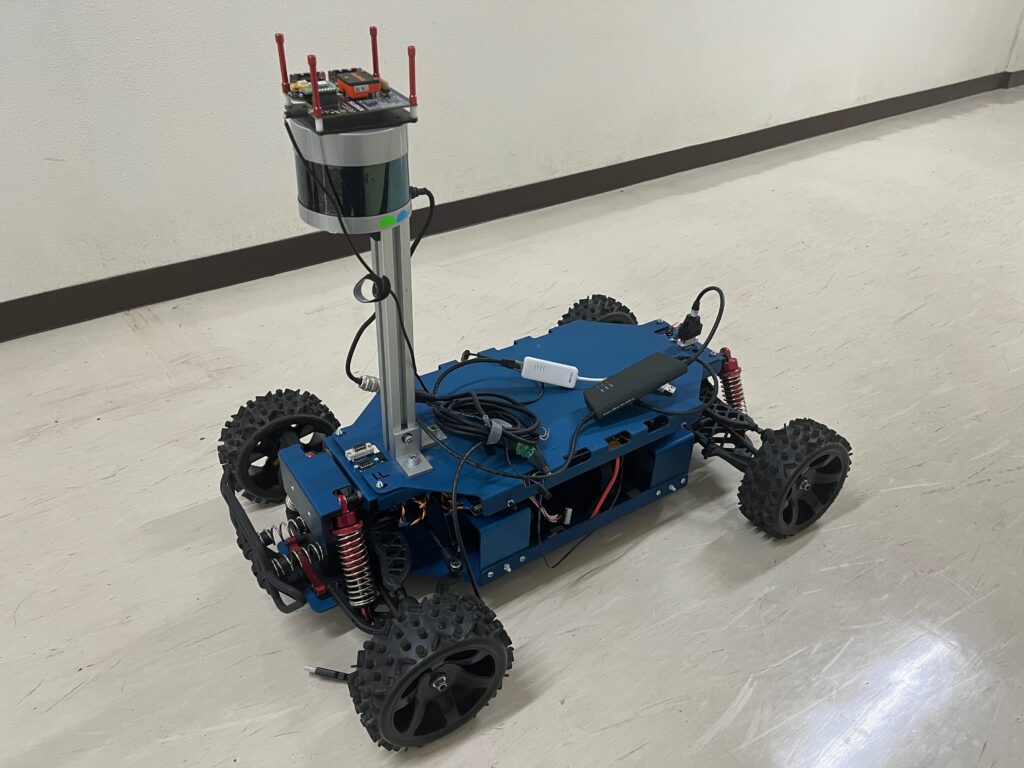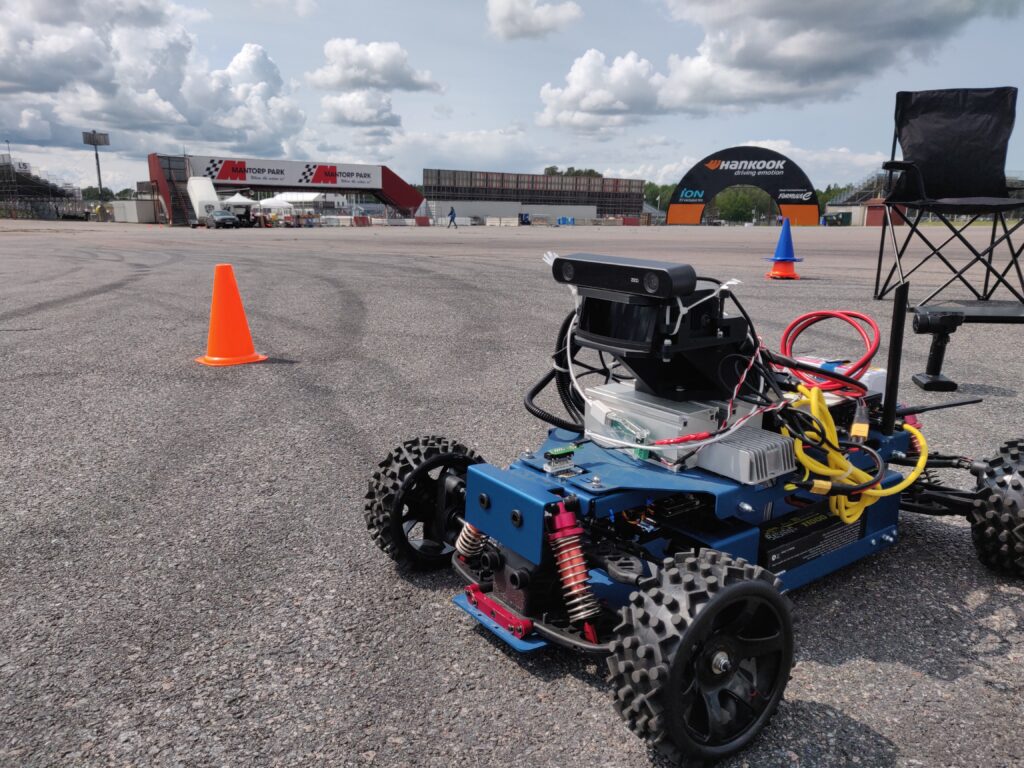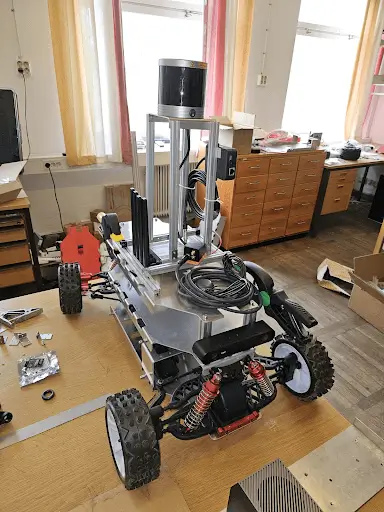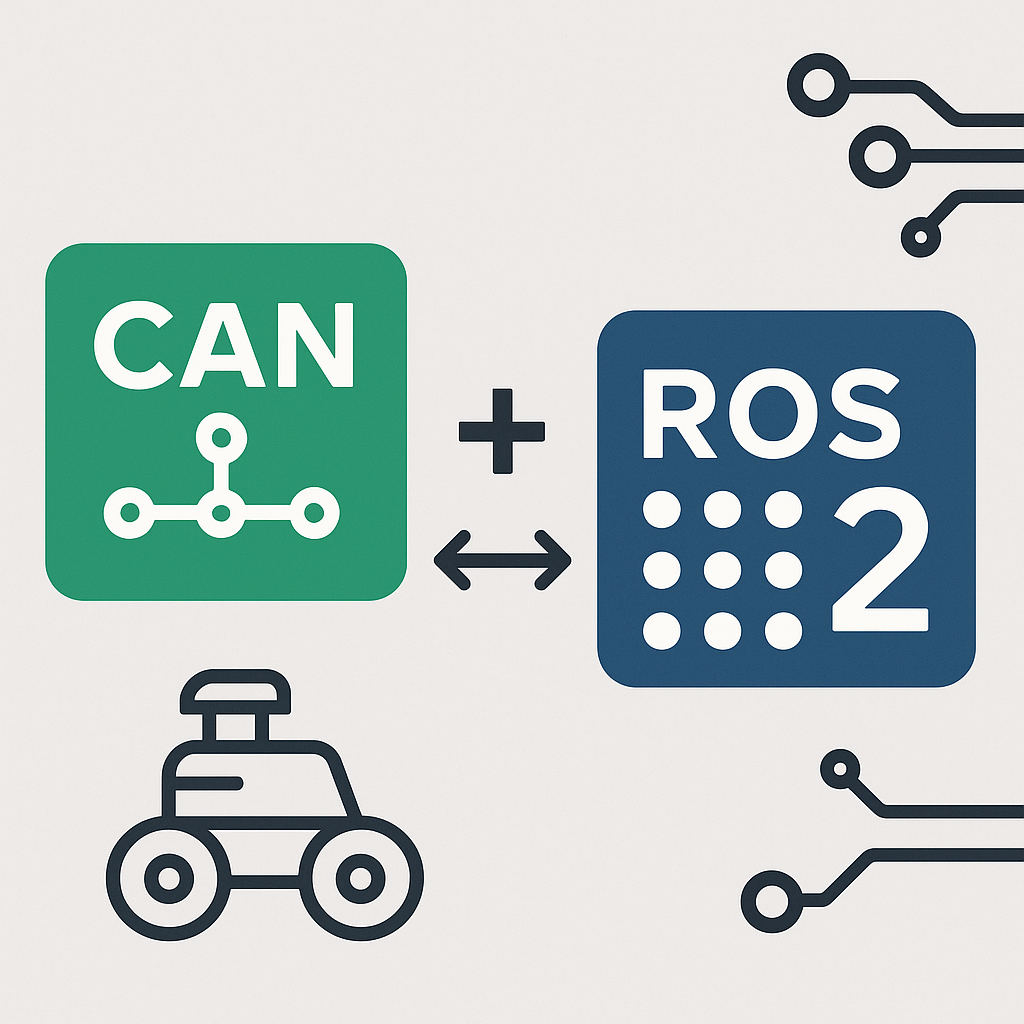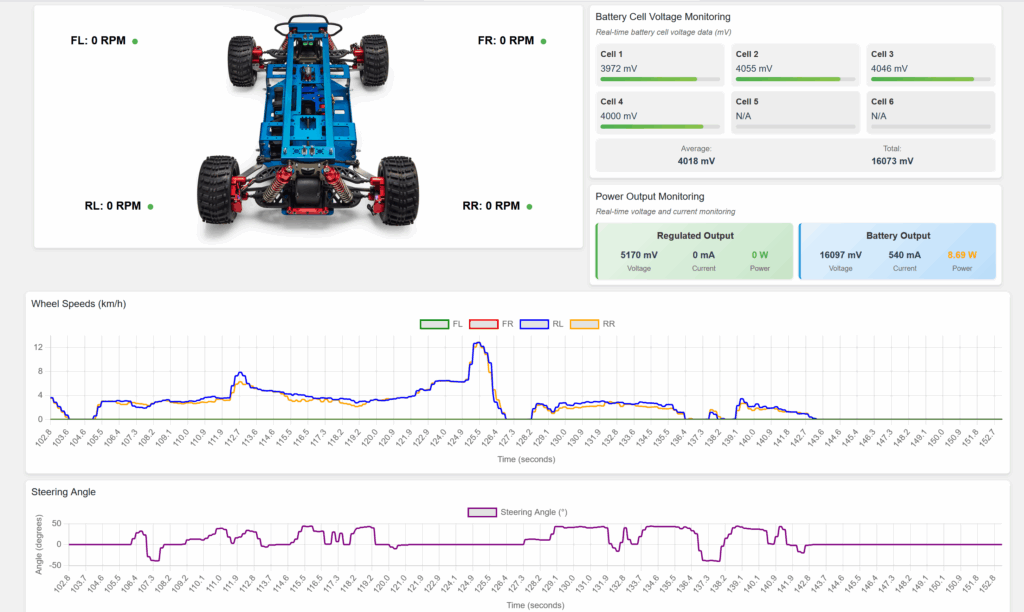Small-scale testing is a valuable approach for validating designs and control algorithms in fields such as automotive and robotics. CanEduDev’s Demo Rover provides an efficient, low-cost platform for these tests, making it an excellent complement to traditional Software-in-the-Loop (SIL), Hardware-in-the-Loop (HIL), and full-scale physical testing. Its advanced Controller Area Network (CAN) system, modular design, and open-source architecture allow for flexible and scalable testing in a controlled environment.
SIL, HIL, and the Demo Rover: A Holistic Testing Approach
- Software-in-the-Loop (SIL) Testing: SIL testing involves running control algorithms in a simulated environment to identify software bugs, optimize performance, and validate logic without requiring physical hardware. The Demo Rover supports this stage by allowing simulations to be conducted with real-world-inspired dynamics, ensuring algorithms are properly tested before integrating hardware.
- Hardware-in-the-Loop (HIL) Testing: In HIL testing, control algorithms are run on physical hardware, interacting with simulated systems. The Rover’s CAN nodes, motor controllers, and steering mechanisms can be integrated into an HIL setup, allowing developers to assess hardware components’ performance, communication protocols, and system responses in a real-time environment.
- Small-Scale Physical Testing: While SIL and HIL are effective early-stage testing methods, they cannot fully capture the complexities of real-world environments. The Demo Rover offers a crucial bridge by enabling small-scale physical testing, where engineers can evaluate how algorithms and hardware perform under realistic conditions—such as varying surface friction, dynamic obstacles, or environmental noise. This step serves as an intermediate layer between simulation and full-scale testing, refining system performance and identifying potential issues before large-scale physical tests are undertaken.
The Rover as a Cost-Effective Complement to Full-Scale Physical Testing
Full-scale physical testing is essential but often costly in terms of engineering time, coordination, and risk. It requires significant resources and collaboration across multiple teams, and failures in large-scale tests can lead to substantial financial and time losses. The Demo Rover provides a more efficient complement to full-scale testing by offering a platform where tests can be run more quickly, without requiring extensive coordination between teams. Failures in small-scale environments are much less costly, as components are cheaper and easier to replace. Small-scale tests with the Rover allow for rapid iteration, enabling developers to identify and fix issues before moving to larger, more expensive tests. This complementary approach enhances the efficiency of the overall testing process while reducing the risk of costly failures during full-scale physical trials.
Examples of Complementing HIL and SIL with the Rover
Path Planning and Obstacle Avoidance: Algorithms that work well in SIL simulations may encounter unmodeled variables in real-world scenarios, such as unexpected terrain conditions or obstacles. Using the Demo Rover, engineers can perform small-scale physical tests to evaluate these algorithms in a controlled but realistic environment, making refinements before proceeding to full-scale tests. Sensor Integration and CAN Testing: In HIL testing, the Rover’s CAN-based control system allows engineers to simulate and validate interactions between hardware (such as LiDAR and GNSS sensors) and control systems. Testing these elements on the small scale ensures that communication protocols and sensor readings are robust before scaling up to full-size prototypes.
Complementing, Not Replacing Full-Scale Testing
It is important to note that while the Rover offers a valuable platform for refining systems, it is not a replacement for full-scale physical testing. Instead, it serves as a complementary tool that enables developers to identify and address issues early in the process, reducing the likelihood of costly failures during large-scale trials. The Rover’s flexibility allows teams to simulate a variety of real-world scenarios in a low-risk environment, ensuring that systems are better prepared for full-scale validation.
Conclusion: A Bridge Between Simulation and Reality
The CanEduDev Demo Rover serves as a critical complement to traditional testing methods, enhancing SIL and HIL processes while preparing systems for full-scale physical trials. By incorporating small-scale physical testing, engineers can refine control systems and hardware in a more efficient, low-risk environment. This holistic approach ultimately accelerates the development process, minimizes the risk of costly errors, and ensures that innovations perform as expected when subjected to real-world conditions.

